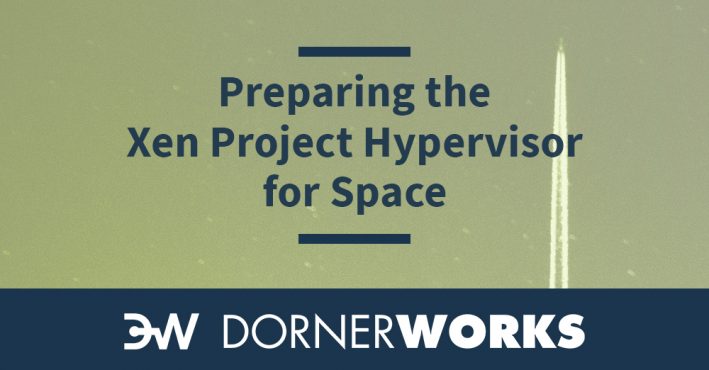
The moment you are barreling out of the earth’s atmosphere at 17,600 miles per hour isn’t the best time to wonder if your rocket’s technology can handle the job. Neither is the question comforting once you’ve made it to outer space, but it’s hard to deny that space age technology is a decade or more behind when it comes to processing power.
To put that statement in perspective, the Raspberry Pi 4 features a 1.5-GHz, Quad-Core Broadcom Cortex A-72 processor; an ARM v8 chip capable of 64-bit computations. You can buy one today for about $35, install a custom operating system, and fire up 4K video on two separate monitors in minutes. In contrast, the majority of radiation hardened space processors are still built on legacy Power PC standards introduced in 1992, yet priced well out of the range of electronics hobbyists.
It takes time to design and fabricate radiation hardened chips for space travel, time that not every company wants to spend on development. This is why the silicon industry has put much more effort into improving the capabilities of commercially-focused devices.
The High Performance Space Computing Platform (HPSC) and High Performance Processing Subsystem (HPPS) being developed by the National Aeronautics and Space Administration (NASA) will push space age technology much closer to modern day commercial benchmarks, with nearly 100 times more computing power than before. Its heterogeneous multi-processor ARM-based platform will help space-based system integrators consolidate existing and emerging applications safely and securely onto a single system.
But NASA isn’t getting there by itself.

The platform ecosystem needs support in the form of tools and software components, which DornerWorks will provide during SBIR Phase I development on the HPSC. DornerWorks will also extend the open source Xen Project hypervisor to support the HPSC requirements, integrate with its system stack, and make Xen Project software generally more useful to space programs.
This technology will make it possible for system integrators to switch out hypervisors and operating systems as their platforms require. When weighing the capabilities and cost of a Linux Kernel-based Virtual Machine (KVM) against the Xen Project Hypervisor, they can choose whichever suits the platform. This also keeps the cost of commercial solutions down, lowering the barriers to integration, and providing an opportunity for developers to use solutions they may already have experience with.
To achieve full integration of the Xen Project hypervisor with the HPSC, DornerWorks will:

One of the reasons DornerWorks is focusing on the Xen Project hypervisor is for its portability. This bare metal hypervisor is not dependent on the Linux operating systems. It uses only 47,000 lines of code, and a much easier component to certify for safety standards like DO-178C or ISO-26262 than the 25 million lines in play in the Linux kernel.
DornerWorks has extensive experience with Xen Project hypervisors, including its own Virtuosity hypervisor distribution based on open source Xen, which helps developers bootstrap their own Xen-based applications. Virtuosity Open Architecture (OA) is an extension of this distribution and provides functionality aligned with the Future Airborne Capability Environment (FACE) Technical Standard for applications in aerospace and defense. DornerWorks has also previously ported μC/OS-III, FreeRTOS, and VxWorks 7.0 to run on virtual machines running on ARMv8 architecture.
Xen Project software provides great value in embedded applications, and this Phase I SBIR project will extend that value far into space.